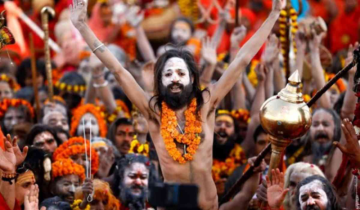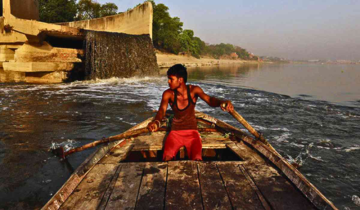The United Nations Educational, Scientific and Cultural Organization (UNESCO) has officially designated the ancient Hoysala temples of Belur, Halebid and Somnathapura in Karnataka as 'world heritage sites'. The decision was made at the 45th session of the World Heritage Committee, which is currently in Riyadh, Saudi Arabia.
Known as the 'Sacred Group of Hoysals', these three temples - Channakeshava Temple in Belur, Hoysalevara Temple in Halebidu and Kesav Temple in Somanathpur - have been declared the 42nd UNESCO World Heritage Site in India. Built in the 12th and 13th centuries under the patronage of the Hoysala empire, these temples are protected monuments under the supervision of the Archaeological Survey of India (ASI). This inclusion represents an important addition to India's cultural heritage, closely following Santiniketan, the residence associated with Rabindranath Tagore, which has received similarly prestigious recognition.

Hoysala Pagoda Architecture: The Hoysala temples exhibit basic Dravidian structures while also showing notable influences from the Bhumija style popular in central India, as well as the Nagara tradition of northern and western India and the Dravidian styles of Karnataka favoured by Kalyani Chalukyas.
Detailed information about the temples:
- Chennakeshava Temple, Belur, dedicated to Lord Vishnu, also known as Chennakesava, began construction in 1117 AD and was completed after an impressive period of 103 years.
- Hoysaleshwara Temple, Halebidu, was built in 1121 CE during the reign of Hoysala king Vishnuvardhana Hoysaleshwara. This temple is dedicated to Lord Shiva.
- The Keshava Temple at Somanathapura completed and consecrated in 1268 AD, stands as a testament to devotion to Lord Krishna in three forms: Janardhana, Keshava and Venugopala. Together, they represent “the pinnacle of human creative genius and bear witness to the rich historical and cultural heritage of our people”, as the Ministry of Culture emphasizes. The specialized agency of UNESCO h
 onoured this inscription in the World Heritage List, calling it an important event.
onoured this inscription in the World Heritage List, calling it an important event.
Responding to this recognition, Prime Minister Narendra Modi expressed pride, emphasizing that these temples are a living reflection of India's profound cultural heritage. “The magnificent sacred complexes of Hoysalas have been included in the UNESCO World Heritage List,” he emphasized. The timeless beauty and intricate details of Hoysala temples are a testament to India's rich cultural heritage and the exceptional craftsmanship of our ancestors.
According to UNESCO, a country's accession to the World Heritage Convention and subsequent inclusion of its sites on the World Heritage List often leads to greater recognition and appreciation of heritage conservation among the people and governing bodies of that country.
© Copyright 2023. All Rights Reserved Powered by Vygr Media.









